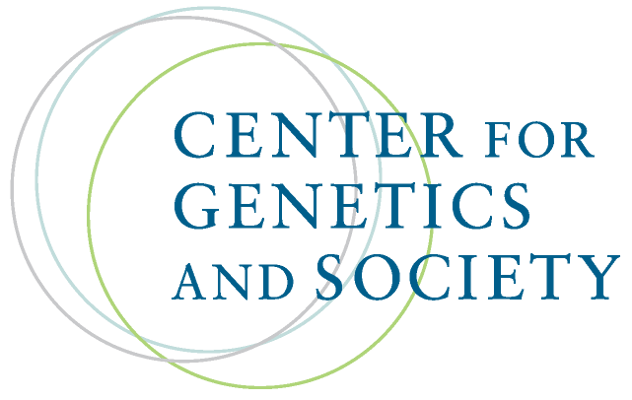The Gene-Editing Conversation
By Matthew C. Nisbet,
American Scientist
| 01. 01. 2018
Public dialogue about the new technology will require major investments from scientists, journalists, and philanthropists.
In 2014 biochemist Jennifer Doudna of the University of California at Berkeley awoke from a nightmare that would shift the focus of her world-class scientific career. Two years earlier, with her colleague Emmanuelle Charpentier, now director of the Max Planck Unit for the Science of Pathogens in Berlin, Doudna had achieved one of the most stunning breakthroughs in the history of biology, becoming the first to use a process called CRISPR-Cas9 to alter the genetic makeup of living organisms. Their “gene-editing” tool would allow scientists to efficiently insert or delete specific bits of DNA with unprecedented precision.
But as applications related to modifying human genes were soon reported in the scientific literature, Doudna began to worry. In the dream, a colleague asked if she would help teach someone how to use CRISPR (Clustered Regularly Interspaced Short Palindrome Repeats). She followed him into a room to be greeted by Adolph Hitler wearing a pig face. The nightmare reinforced her belief that public discussion of the technology...
Related Articles
By Liyan Qi and Jonathan Cheng, The Wall Street Journal | 03.26.2025
photo via Wikimedia Commons licensed under CC by 3.0
Chinese scientist He Jiankui set off global outrage and landed in prison after he skirted ethical guidelines and claimed he had produced genetically modified babies designed to resist HIV infection.
Now, the self-styled ...
By Anna Louie Sussman, The New York Times | 03.25.2025
On June 24, 2022, the same day the Supreme Court issued its decision in Dobbs v. Jackson Women’s Health Organization, I received a call from the fertility clinic where I’d been undergoing in vitro fertilization, informing me that seven of...
By Michael Gibney, PharmaVoice | 03.20.2025
The death this week of a teenager receiving Sarepta Therapeutics’ gene therapy Elevidys for Duchenne muscular dystrophy is a tragic reminder of the stakes involved in cutting-edge biotech innovation.
While gene therapies like Sarepta’s offer an opportunity to treat and...
By Staff, The Medicine Maker | 03.21.2025
"The Promise and Peril of CRISPR" cover by Johns Hopkins University Press
As a paediatrician taking care of children with sickle cell disease, Neal Baer, a Harvard Medical School graduate, was in awe of the power of CRISPR technologies. Later...




